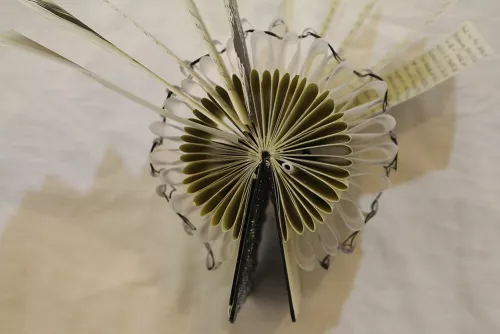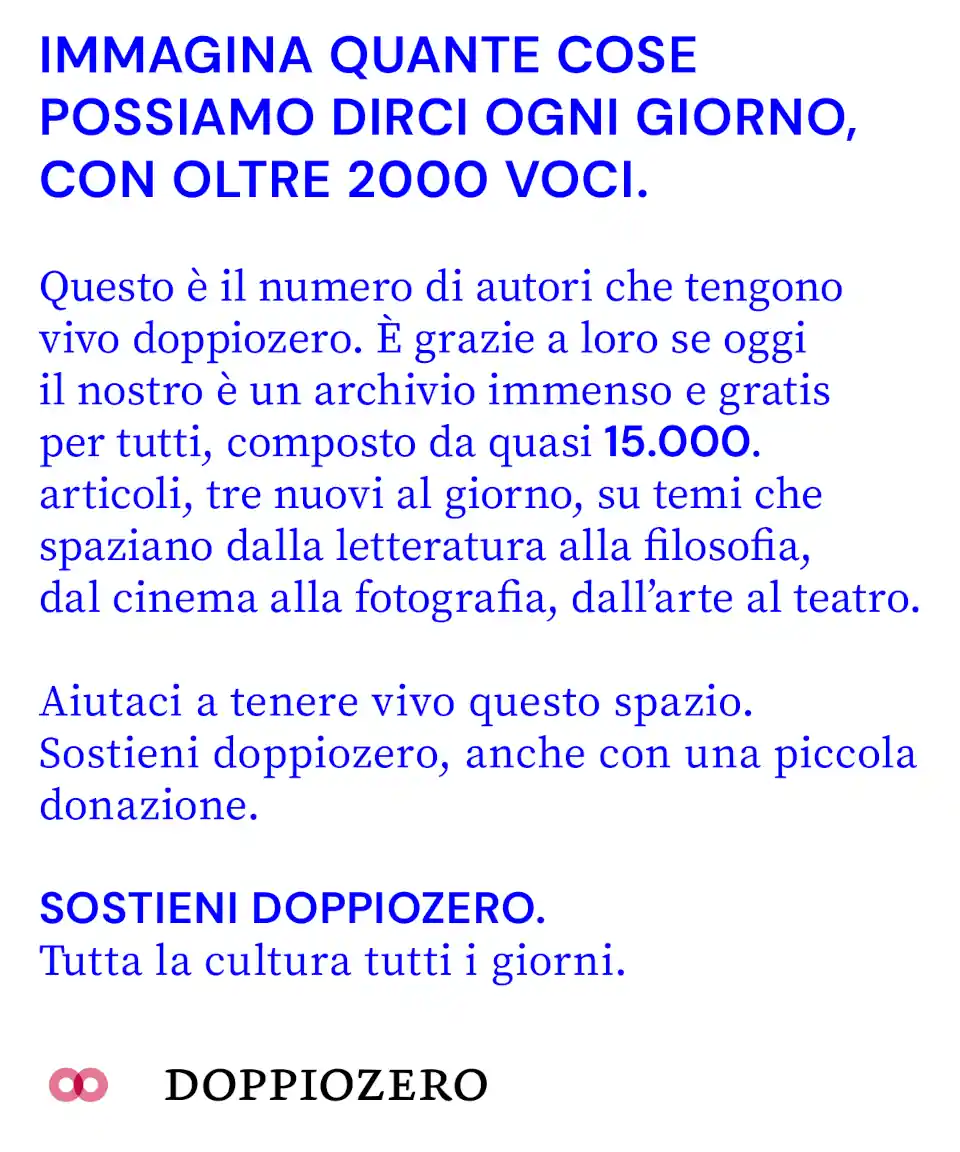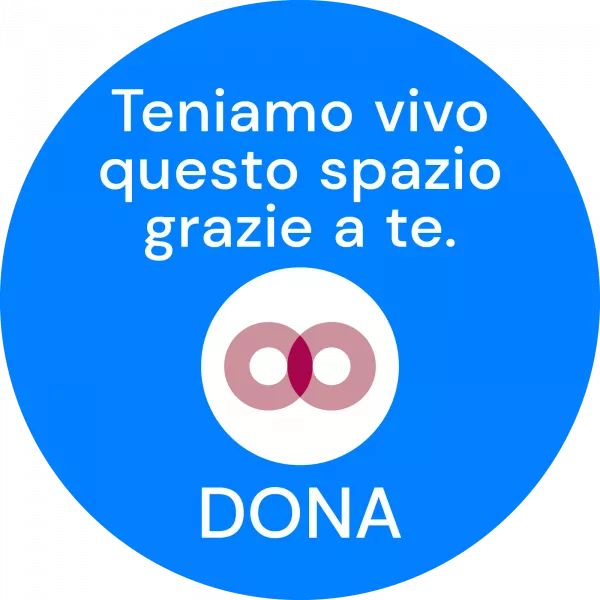
Speciale
The Question of Artistic Freedom
On December 3-5th 2015 we held AtWork Cairo workshop at Darb 1718 artistic center, which involved local art students and young creative talents and was conducted by Simon Njami. The workshop took place during the Cairo Off Biennale “Something Else” and took its title after the event. AtWork Cairo was facilitated by the assistant art professor of American University in Cairo Heba Amin. Heba is also a visual artist, a cultural activist and one of the key figures behind the subversive action against racism of the US TV series Homeland this last fall, which caused huge international publicity and debate on race representation in the Western media. We have asked Heba to share her thoughts on the situation of artistic and creative expression in Egypt and on AtWork workshop within its context. Enjoy the piece below.
lettera27
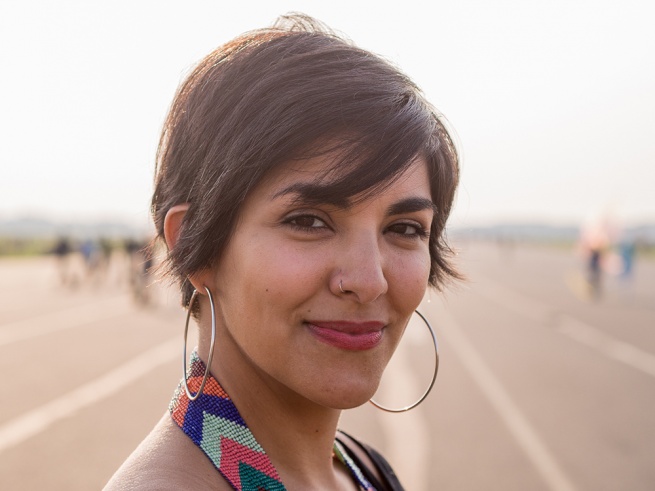
Heba Amin, photo by Martin Schwarz
On the eve of the 5th anniversary of the January 25th revolution, the Egyptian state has relayed a clear political stance through intimidation tactics. The recent government shutdown of the Townhouse Gallery, one of Egypt’s most active and significant contemporary art spaces, is a reminder that Egyptian artists are subject to laws that censor and eliminate expression under ambiguous labels such as morality and decency. The fact that art is deemed a threat to the state is made evident through the strictly regulated laws against creative expression. Legislation is put in place to monitor public order and uphold the morals of a society where the government functions as a gatekeeper to creative thought and opinion. These laws, of course, are subject to interpretation and intentionally left open-ended for maximizing control. A recent study on censorship found that the implementation of laws on artistic freedom in Egypt “contravene[e] even those permissible limitations of freedom of expression defined in international human rights law.”[1]
Egyptian artists are not only faced with the limitations of their own government but are increasingly skeptical of foreign cultural institutions in the region. Egyptian curator, Omar Kholeif, references a “postcolonial paranoia”[2], or a heightened consciousness in contemporary Middle Eastern and African artists as players in an international, predominantly Western, art world. Especially when many find themselves pigeon-holed to the events of the revolution, artists in Egypt are asking themselves if they are making work that is dictated by foreign institutions and, furthermore, how they can develop a practice free of institutional dependency that better reflects their own realities and interests.

As Birds Flying, 2016 (video) - photo courtesy of Heba Y. Amin In late 2013, Egyptian authorities detained a migratory stork suspected of espionage due to an electronic device attached to its leg. "As Birds Flying" confronts the absurdity of the media narrative in Egypt that has turned a bird into a symbol of state paranoia
Egyptians are in the process of relearning their own narratives
Egyptians are engaging with their recent past and addressing histories that have disappeared from public memory. Movements were poorly documented, bodies of work were destroyed, architecture neglected and critical thought silenced. These histories are being revisited again and due, in part, to the efforts of local arts and cultural institutions attempting to find solutions beyond the arms of the Egyptian cultural ministry and the confines of educational institutions. More and more, independent and underground works are finding their ways beyond the circles of Egyptian artists and intellects.
The scope and breadth of art programming in education in Egypt is miniscule. Contemporary art and critical writing are largely absent from the curricula of higher education. It is therefore not surprising that the artists of the Egyptian avant-garde, for example, have played a non-existent role in informing today’s young art students. It wasn’t until 2015 that an important conference on the Egyptian Surrealist movement presented a significant survey, for the first time, on a local art movement that would have otherwise been forgotten[3]. Many young artists in Egypt today rely quite heavily on the independent cultural institutions that provide workshops, lectures, screenings and spaces for exhibiting art. A new art discourse is taking form, a critical rhetoric, a reflective practice and, for the most part, it is not happening in our universities.
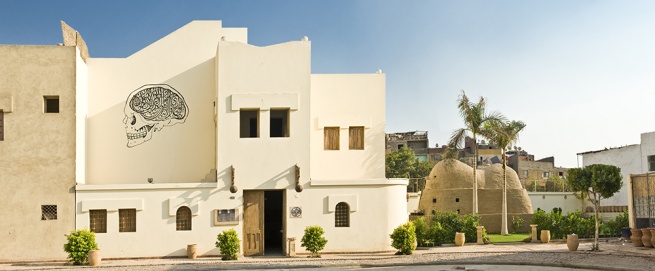
Darb 1718 Contemporary Art and Culture Center in Cairo
What space does art education occupy alongside an active campaign against people’s imagination?
In late 2015, the OFF Biennale Cairo initiative launched Something Else, a month-long visual arts event that strives to diversify and broaden the context of art expression in Egypt. Something Else attempts to instigate a dialogue about art that is more accessible. It aims to redefine the art public from one that is inundated with cultural and artistic imagery from a past that is very disconnected from the present, to one that reflects the contemporary facets of Egyptian life. Key to the initiative is its emphasis on inclusivity and, as insinuated by its title, something other than what has already taken place. The project instigates a change or a shift in how artistic expression is presented and perceived in Egypt, particularly in the aftermath of the country’s recent revolution.
In December 2015, a workshop took place during the Cairo Off Biennale at Darb 1718, an artistic cultural center founded by Moataz Nasr. I was invited to participate with six of my students from the American University in Cairo along with other young local artists. Conducted by renowned curator Simon Njami, AtWork introduces a “toolbox” to transform the society we are living in, a model of learning that attempts to alter the future through a return to basic skills. The workshop proposes an alternative methodology that engages participants in debate and critical thinking. The model is seemingly simple: through discussion and questioning, participants develop ideas that manifest in sketchbook form. As the workshop progresses it reveals an increasingly complex approach through rigorous provocation and self-doubt. Its aim is to broaden the scope of thinking by exposing participants to other possibilities in creative brainstorming that can be utilized in their artistic practice.
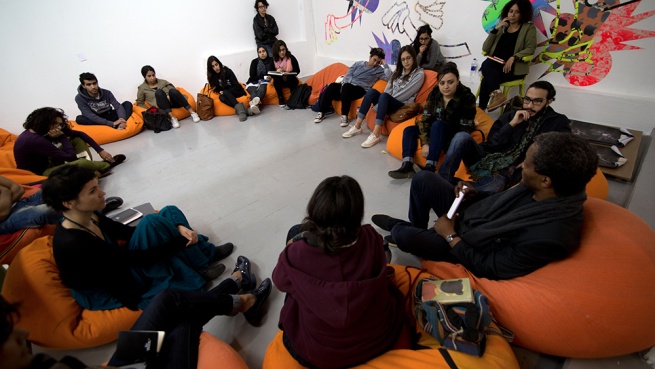
AtWork workshop at Darb 1718 Conntemporary Art and Culture Center in Cairo, photo by Luca Dimoon
How can independent spaces nurture a creative process in a country where critical thinking is, in fact, discouraged?
Why is this important in Egypt? AtWork allows artists to look inwardly and say something about themselves. It provides a space to speak openly and honestly at a time when Egyptians are told that their voices do not matter. Their voices do matter. The United Nations states that artistic expression is an “essential component of human development”[4]. They frame it as a human right. When authorities threaten their citizens against asking questions and further utilize censorship to gain a stronghold on how societies function, it is more important than ever to provide a platform that nurtures creative and critical expression. Therein lies the power of projects like AtWork which pinpoint the crux of the problem; they quite simply provide a reflective space for critical thinking and experimentation, one that is crucial for those societies which are increasingly being silenced.
[1] Ezzat, Ahmed, Sally Al-Haqq, and Hossam Fazulla. Censors Of Creativity: A Study Of Censorship Of Artistic Expressions In Egypt. Cairo: N.p., 2014. Web. 15 Jan. 2016.
[2] Kholeif, Omar. "Writing The Canon: Notes On Art Education In Egypt". Newmuseum.org. N.p., 2012. Web. 15 Jan. 2016.
[3] Stock, Alexandra. "The Egyptian Surrealists in Global Perspective." Ibraaz. 23 Dec. 2015. Web. 16 Jan. 2016.
[4] Ezzat, Ahmed, Sally Al-Haqq, and Hossam Fazulla. Censors Of Creativity: A Study Of Censorship Of Artistic Expressions In Egypt. Cairo: N.p., 2014. Web. 15 Jan. 2016.
With the support of 
